Streamlining Special Education Referrals at Erie 1 BOCES with SchoolStatus Forms & Flows
read more
Discover how Erie 1 BOCES transformed their outdated internal referral system with SchoolStatus Forms & Flows’ (formerly Operoo) customizable forms and document management, creating an efficient process for managing special education placements across 48 school districts.
![IHero-[SchoolStatus] [Case Study] Erie 1 BOCES Man in glasses on a smart phone filling out a Forms & Flows form.](https://www.schoolstatus.com/wp-content/uploads/IHero-SchoolStatus-Case-Study-Erie-1-BOCES-400x225.png)


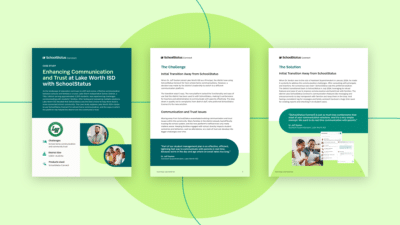
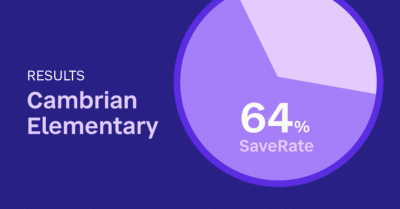

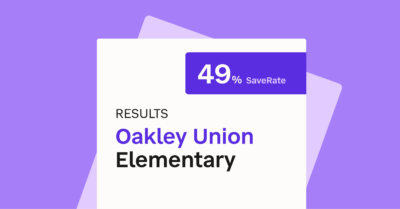
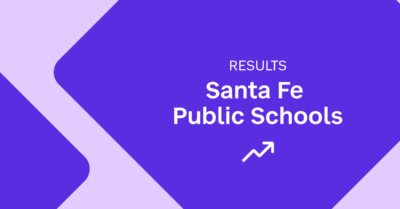
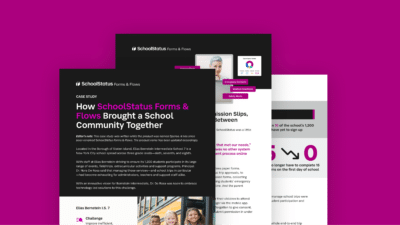
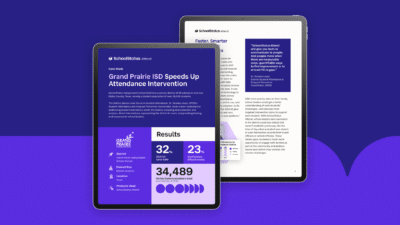

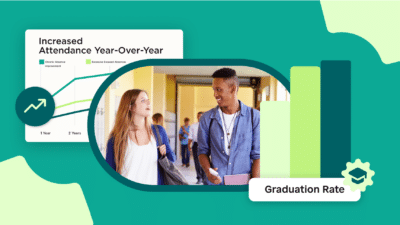
![Hero_[Boost] [Case Study] IDEA Public Schools Man looking at tablet at desk plus graphic of map and compass](https://www.schoolstatus.com/wp-content/uploads/Hero_Boost-Case-Study-IDEA-Public-Schools-400x225.png)

![[Boost] [Case Study] Wahoo Public Schools – featured image Photo of female Asian educator with graphics and text illustrating her observation information](https://www.schoolstatus.com/wp-content/uploads/HERO_Boost-Case-Study-Wahoo-Public-Schools-400x225.png)

![HERO_[Boost] [Case Study] A. Philip Randolph High School Image of School building with icons framing it](https://www.schoolstatus.com/wp-content/uploads/HERO_Boost-Case-Study-A.-Philip-Randolph-High-School-400x225.png)
